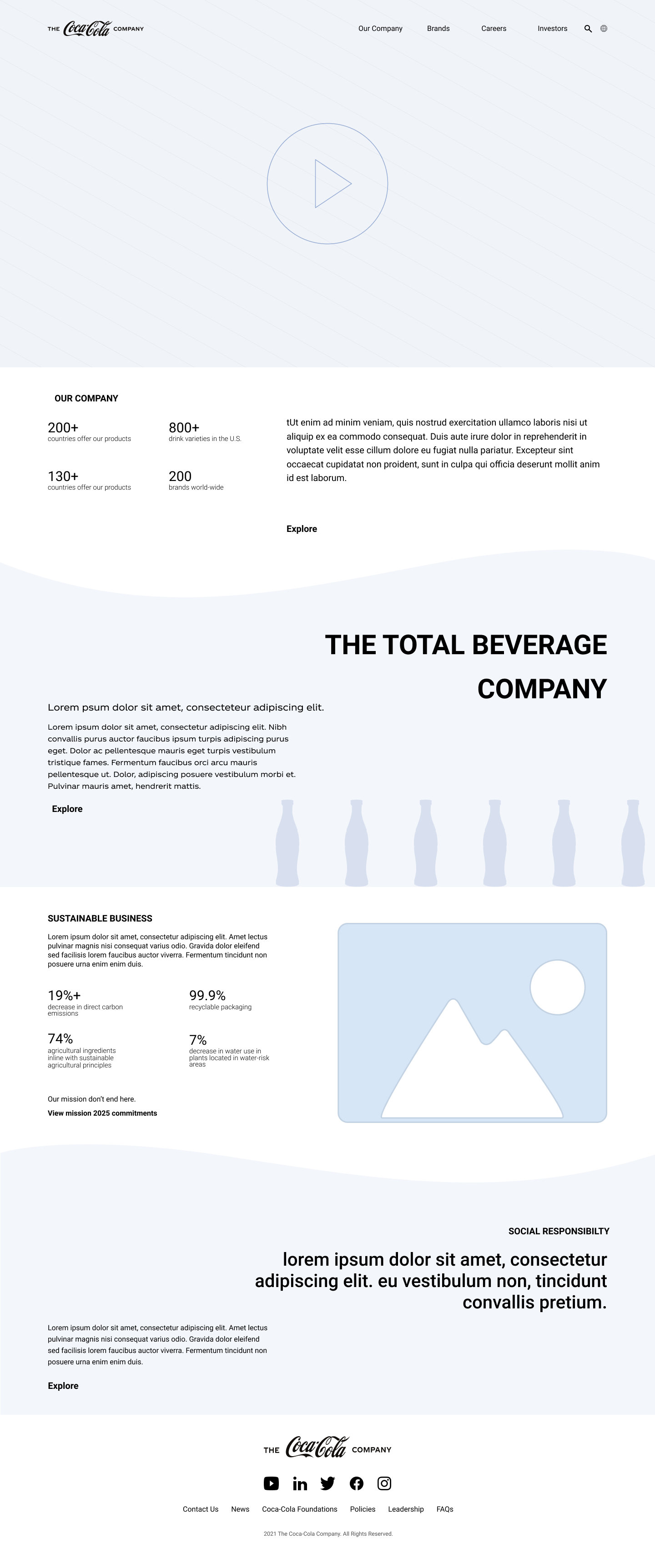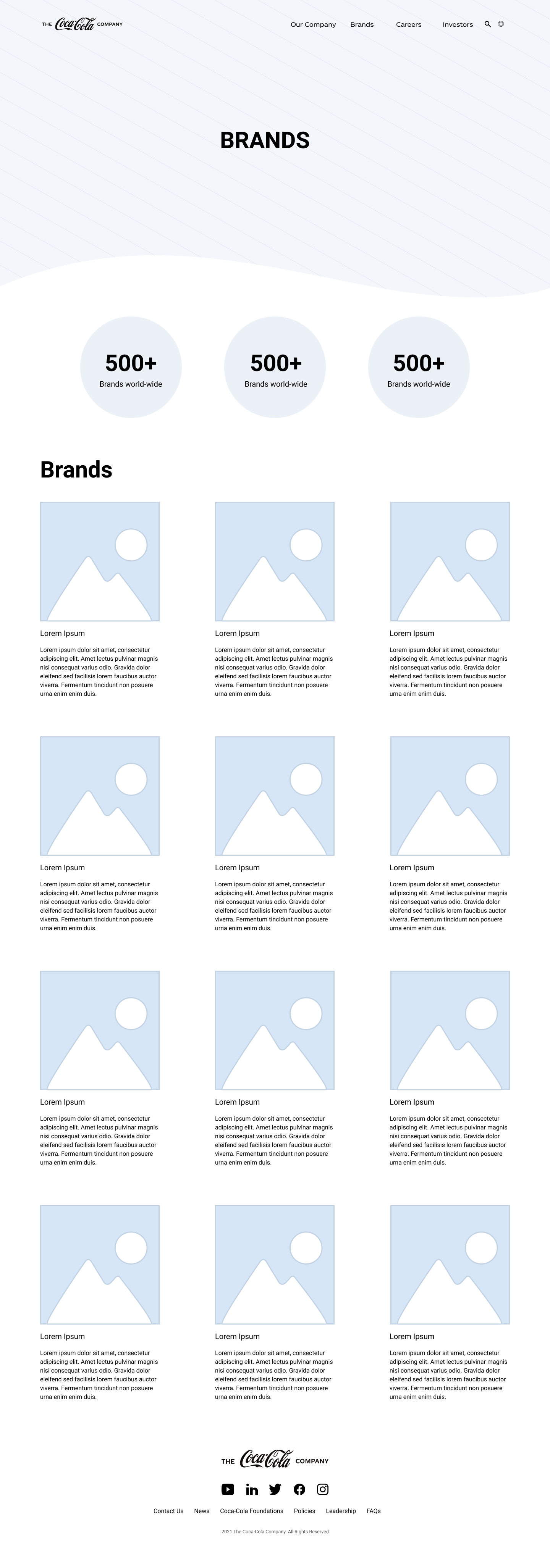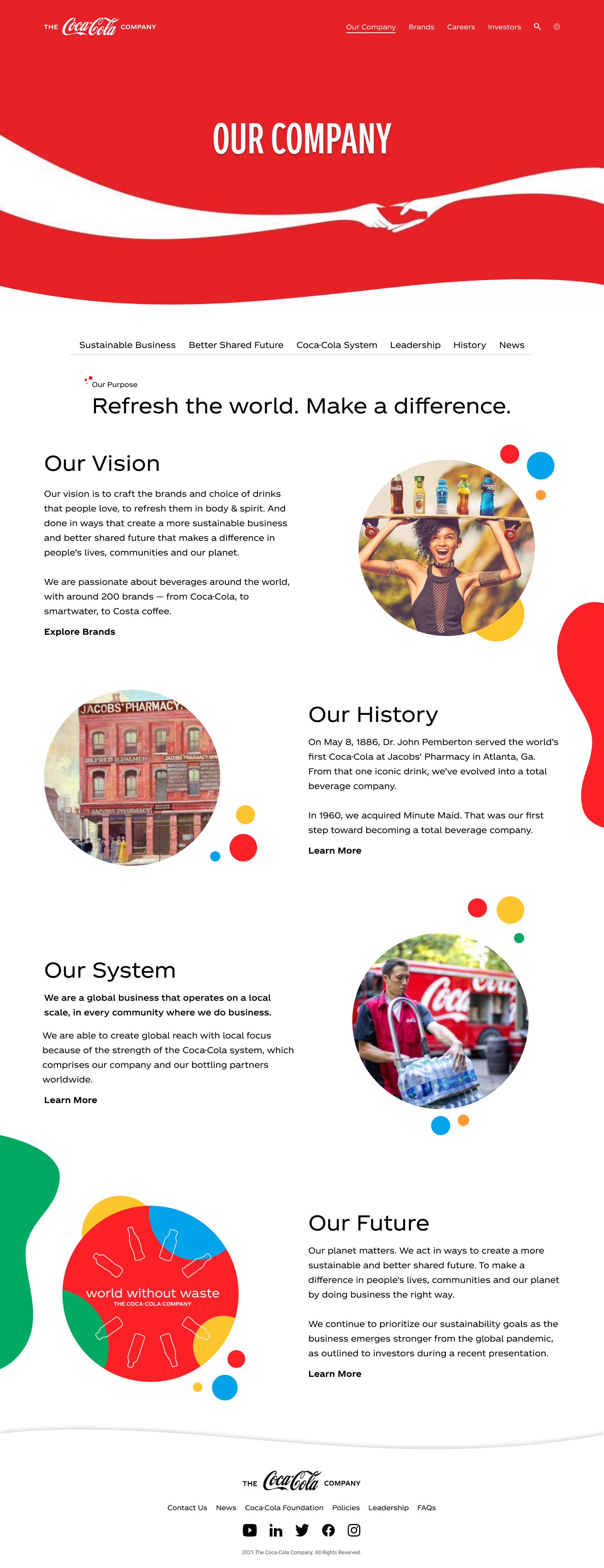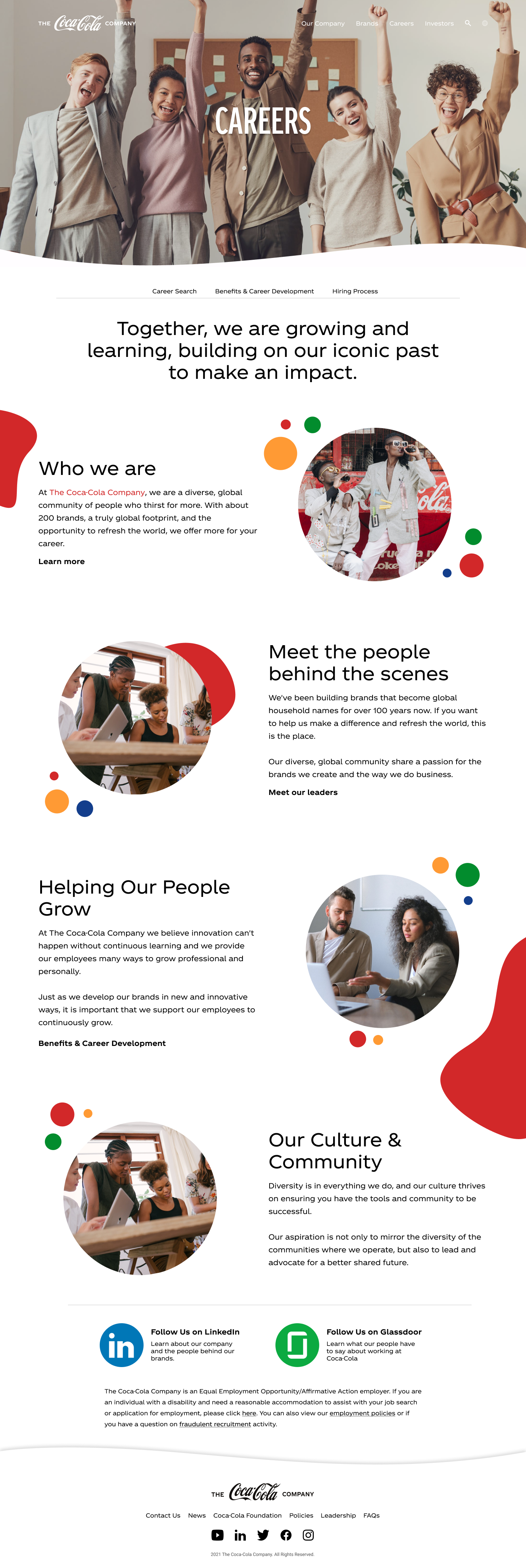Coca-Cola Company
A 3-week long research into a redesign concept for Coca-Cola's Corporate US website.
Coca Cola is an iconic American Brand that is globally recognized by 94% of the world’s population and has a product portfolio of more than 3,500 beverages and 500 brands. The Coca Cola company has an estimated worth of $74 billion.
Role: Concept, Course Project (User Experience), UI Designer, FE Developer




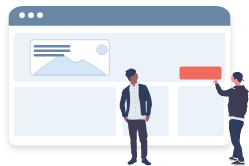
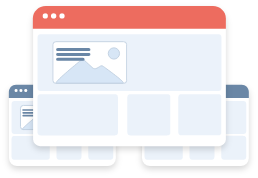
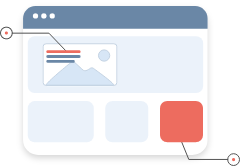
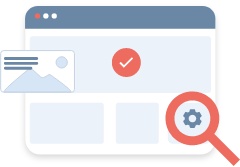

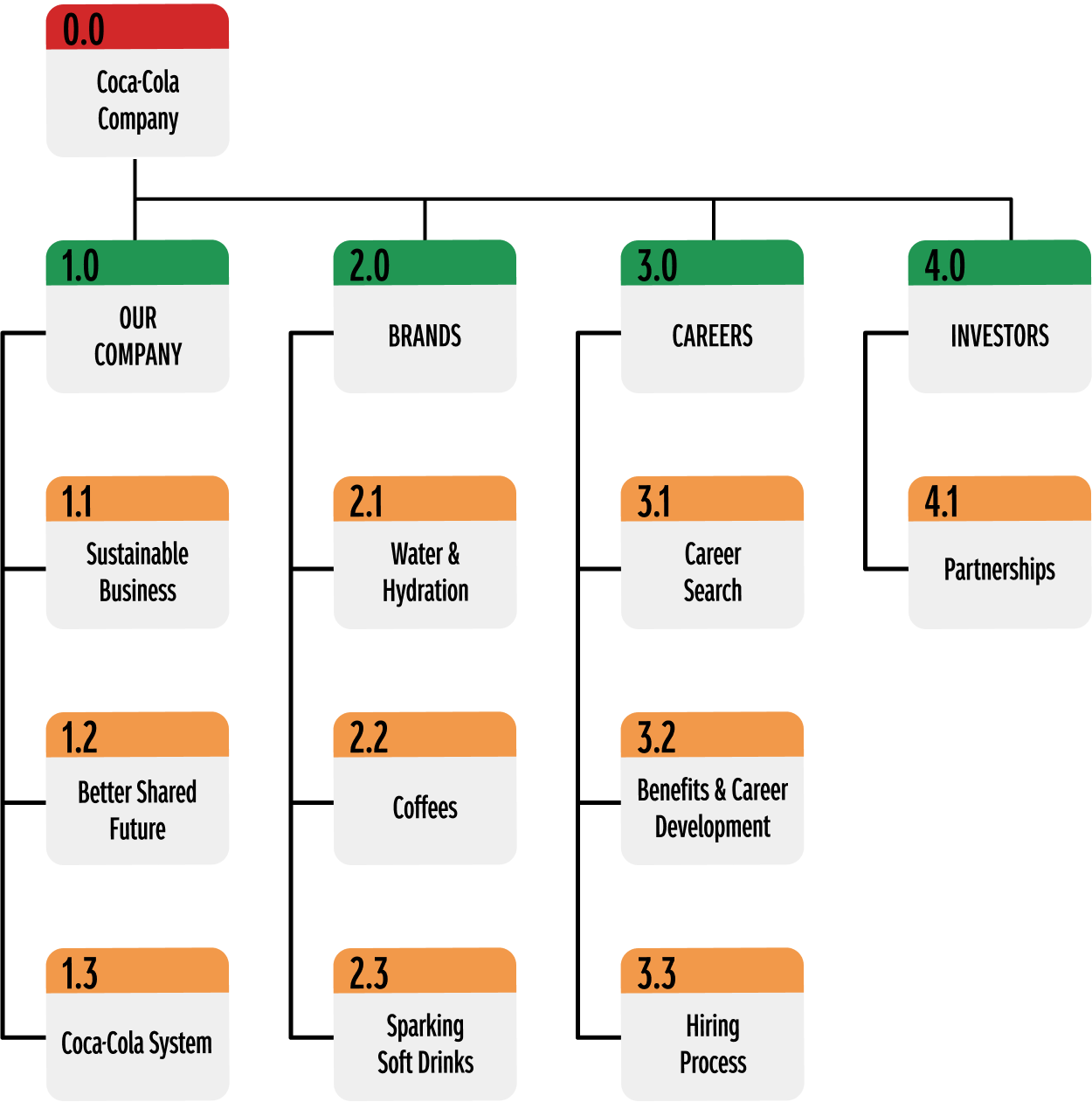
 Images below are scrollable
Images below are scrollable